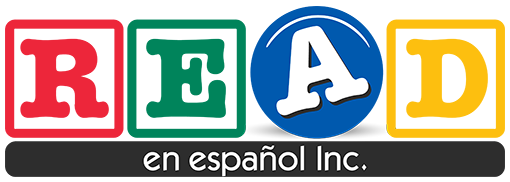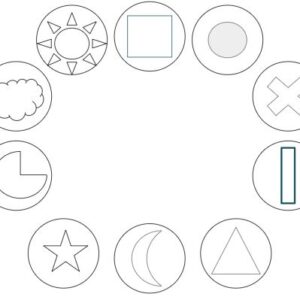“Vocabulary Circuit” Activity (this link allows you to make a copy of this activity for you to edit)
“Vocabulary” because teacher chooses 10 vocabulary words or concepts he/she wants to students to review.
“Circuit” because all the students follow a type of circle (circuit) as they find correct answers and are then led to the next question sign—and to the next and to the next until they “close the circuit” or answer all of the questions.
The link at the top takes you to this classroom activity that you can edit to fit your current classroom content. If you are looking to increase student engagement while quickly assessing content knowledge, this activity is a must!
Benefits for ALL students (including ELS):
- cooperative learning experience (students can work on their own as they wander the room trying to fill in their circuit paper or in teams or partners)
- students use academic language as they navigate the room trying to decide which of the answer choices correctly answers the question, “Is this the height or the base of the triangle?”
- ELs get practice with social and instructional language as well. “Who found out where to go after the circle sign?” “I think the answer is….”
- students take ownership of their own learning (Danielson Framework, Domain 3)
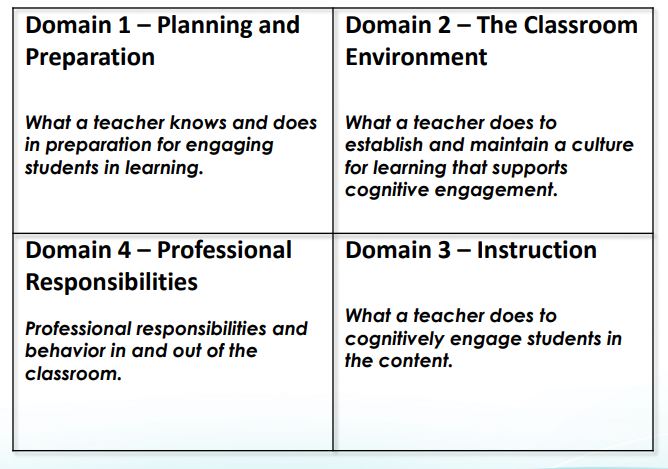
- Great for all content areas
File includes:
- teacher preparation instructions
- slides on which to create ten questions (and answers)
- student answer sheet
- teacher answer key
Here is a sample of a Vocab Circuit for upper grades on defining Literary Element terms.
Instructions: Teacher follows the instructions on the template for question and answer placement on each slide. Teacher prints out the signs and hangs them around the room. Students will be given a blank answer sheet and be instructed to start at any sign (make sure you do not hang the signs in the exact order of the circuit answer key!). For example, one group might choose to start at the “rectangle sign” where they need to read the question at the bottom of the page, as found in the sample, “The narrator’s position in relation to the story being told is the__________.” Students walk the room until they find the answer they need (in this case “Point of View”).
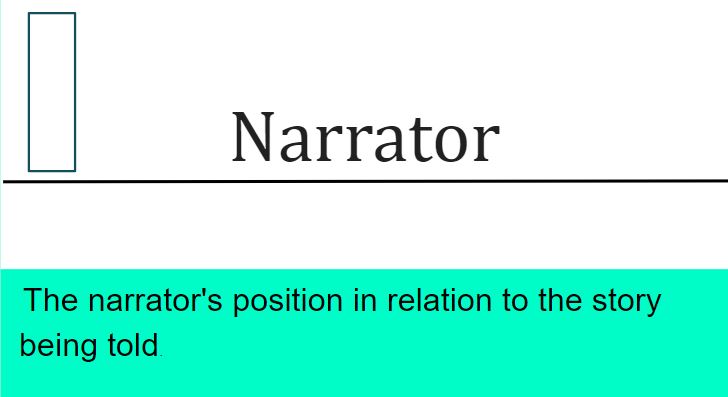
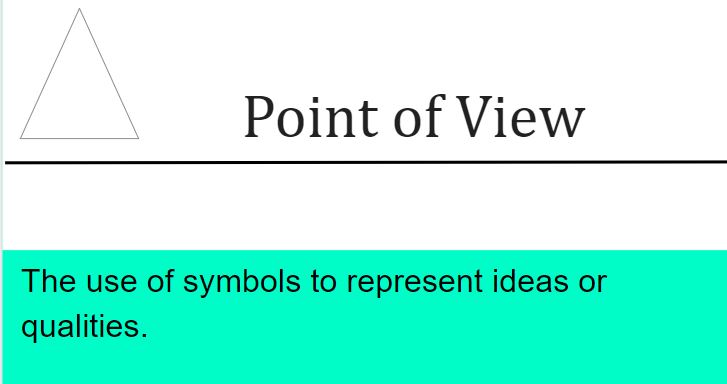
Students then draw the triangle on their answer sheet (since this is the symbol where they found the answer). Now they read the question at the bottom of the triangle sign (“The use of symbols to represent ideas or qualities is ___________.) Again, they walk the room, talk with peers if needed to find the answer, which is symbolism in this case.
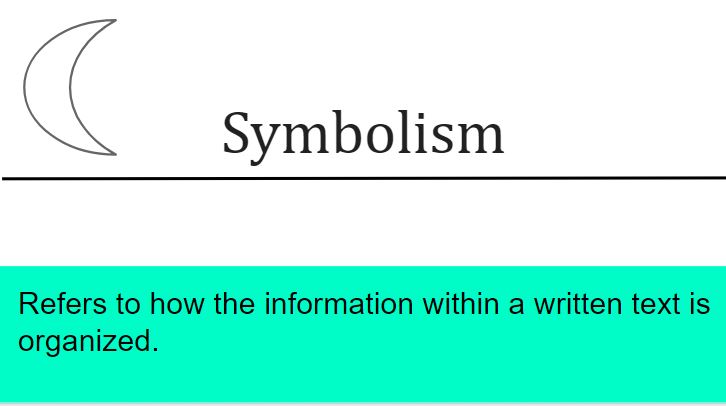
Students then draw the moon on their answer sheet (as this is the symbol associated with the correct answer). They have now filled in two of the circles on their answer sheet. Again, students read the question at the bottom of this sheet. (“___________ refers to how information within a written text is organized.”). This leads them to another sign where they draw the symbol from that sheet on their answer sheet. This process continues until the answer circuit sheet is filled. The teacher can then easily cross reference student answers with her own pre-made answer sheet (included in file). Teachers can also check in on students before they actually finish and provide them with feedback if errors are made. (“What made you think that “narrator” was the answer here? What do you know about narrators? Do you still think that is the correct answer?)
I want to thank a former graduate student from West Aurora School District who shared this idea with me! She teaches middle school Math and expressed that her principal was highly impressed when he came to observe during this lesson!
Share This Post

About Sara
Expert Consultant in Bilingual Education for Multilingual Learners
I have dedicated my time to researching and learning how best to teach reading to Spanish-speaking students. My goal as an independent consultant is to empower teachers to know better and thus to do better.
